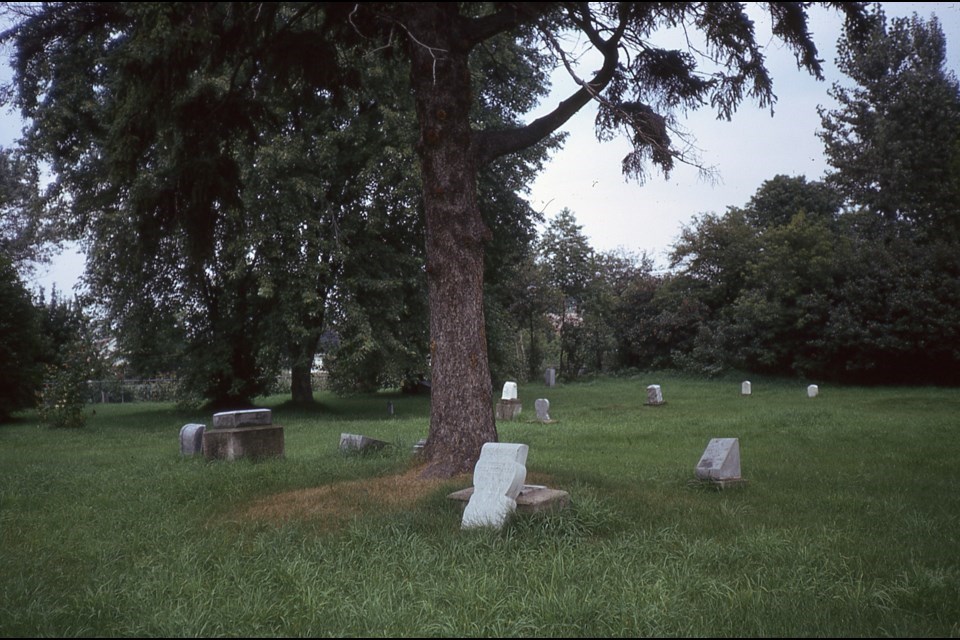In 1867, after the passing of Indian Superinternant George Ironside, the Old Town Cemetery saw its first burial. This turned out to be the birth of one of the most famous resting spaces in the city.
The cemetery was under the administration of Major Joseph Wilson until 1879, when he donated the land to the Town of Sault Ste. Marie.
The Old Town Cemetery, as it is now called, is the final resting place for several famous Saultites. It was in use between 1863 and 1914.
St. Luke’s Anglican Cathedral was in charge of managing the cemetery, which is why it is nicknamed the Protestant Cemetery. In the 1960s, however, management transitioned to the Sault Ste. Marie Horticultural Society, which takes care of it to this day.
For its own part, the Catholic church Precious Blood Cathedral managed its own cemetery, known as the Catholic Cemetery. Unlike the Protestant graveyard, though, the Roman Catholic one is no longer standing.
Out of the people buried in the Old Town Cemetery, there is “David Pim, the first English settler in Sault Ste. Marie” along with his wife, Margaret Pim.
“He used to own the old stone house,” said William Hollingshead, chief curator and executive director of the Sault Ste. Marie Museum, in an interview with SooToday.
Hollingshead “went to high school here and went to Toronto to OCAD” and then did “a graduate certificate in museum studies.” He then moved back to the Sault where he began a career in history at the Museum.
In preparation for this interview, he looked at “reports, documents, [...] photographs, newspaper clippings” as well as online sources.
He says that other well-known Saultites who chose Old Town as their final resting place include Colonel John Savage, who was the first registrar of the District of Algoma and Henry Pilgrim, the first clerk of the district court.”
There is also “Captain T.A. Tower, who led the voyageurs in the Red River expedition.”
Thanks to this rich history, the cemetery received the attention of municipal and provincial officials.
In 1994, City Hall bylaw 94-113 called for the cemetery to have its historical significance recognized by the Ontario Heritage Act.
“Its historic importance lies with the years it spans in the history of Sault Ste. Marie and with the prominence of the people interred there,” reads the bylaw. “Family names associated with the early history of Sault Ste. Marie [...] are found there.”
It is one of the last remaining symbols of 19th century rural Sault history.
However, despite its historical significance, the site is currently in poor condition.
“If you visit the cemetery today, you’ll notice it’s in a state of disrepair.” According to Hollingshead, “In 1973, half of the tombstones were taken down due to their state. There was a request to erect a common tomb. That was completed in 1983.”
As a result, in 2002, the municipal Heritage Board launched a survey that determined that there were several hundred unmarked graves.
Hollingshead advises people who want to learn more about the cemetery to follow their curiosity.
“If you’re interested in the cemetery, the best thing to do is go down and look at it.”
The cemetery can be found at 1186 Queen St. E, within walking distance of St Luke’s on Brock Street.
Hollingshead also encourages readers to learn more at HistoricPlaces.ca, which is run by Parks Canada, or by paying a visit to the Sault Ste. Marie Museum.
“We’re able to facilitate research requests,” said Hollingshead.
